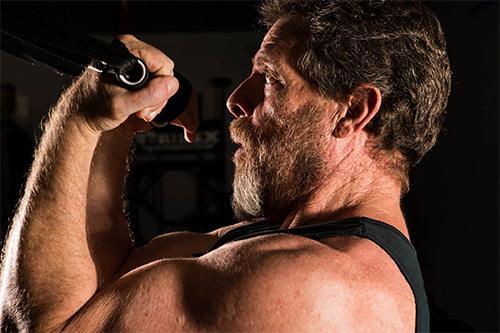Purposeful Primitive
Cardiovascular Training
What's the best way to exercise, strengthen and build our internal mechanisms? Systematically increase the heart rate and hold it there for a specific and protracted period of time. Aerobic exercise done consistently strengthens the muscles involved in respiration and actually strengthens the heart muscle. A stronger, larger heart has a radically increased pumping ability and far greater stroke efficiency. The arterial pathways are cleared of plaque and sludge as the elevated heart rate forcibly pumps torrents of enriched blood through the arterial highways at an accelerated rate. The resting heart rate decreases; circulation improves and blood pressure is reduced. Consistent cardio increases the total number of red blood cells in the body which helps the body become more efficient at the transport of oxygen. Aerobics also improves the ability of muscles to mobilize body fat during exercise and builds endurance. Improved endurance means we are able to work harder, longer, more often and recover quicker.
Over time the storage capacity of energy molecules (fats and carbohydrates) within the muscles is increased. Over time when subjected to specific cardio training protocols, the muscles actually reconfigure their composition, increasing mitochondrial density. More mitochondria (cellular blast furnaces) mean improved energy processing ability where nutrients are utilized with far greater efficiency. After an intense aerobic session, the basal metabolism is dramatically stimulated and remains elevated for hours afterward. Incredible physiological benefits are bestowed on the conscientious trainee if cardio exercise is performed on a regularly re-occuring basis. We seek to impose cardio stress using different methods in order to elicit differing cardio responses - steady state, interval and hybrid.

The Cardio Game Plan
It is important to create a periodized cardio game plan that syncs up with progressive resistance and nutrition goals. Using creeping incrementalism the trainee starts off slightly below capacity and over a 12 week timeframe eases their way into ever better physical condition as judged by heart rate average and session length. The heart rate monitor is essential for assessing cardio intensity and enables cross-comparison of exercise modes. This helps to identify which modes are effective and which are a waste of time. The systematic rotation of modes is mandatory. By varying the kinds and type of cardio exercise we engage in, we keep the body off balance.
Target Heart Rate
Your target heart rate gives you a guideline for the intensity of your exercise on the cardiovascular system. It is best measured by incorporating a heart rate monitor into your fitness journey. A good, simple way to determine your maximum target heart rate for your training efforts is to subtract your age from 220. The number identified becomes the maximum target heart rate and is considered the heart’s 100% effort. Once you have this number you can multiply it by the percentage of effort required - 50% (multiply .5), 60% (multiply .6), etc. Working within different heart rate ranges provides different health benefits. There are two kinds of cardio activity – aerobic and anaerobic. Aerobic activity indicates that oxygen is involved as a fuel for the activity. Anaerobic activity indicates that oxygen is NOT involved as a fuel for the activity.
- 50%-60% Range – This is the range in which the body begins to use oxygen and fatty acid as primary energy sources for the activity.
- 60%-80% Range – In this range the body begins to utilize glucose for energy in addition to oxygen and fatty acids. In the 60%-70% range you are in the fat burning zone. When you reach the 70%-80% range you are in a cardiovascular conditioning zone.
- 80%-90% Range – In this range the body taps into stores of glucose called glycogen to fuel activity. This range is good for interval training using burst cardio and then returning to the lower target heart rate range.
The 60%-80% range is the prime range for cardiovascular training. The 50%-60% range is a good initial start point for those who are completely untrained or coming off sickness. Both ranges are aerobic. The 80%-90% range is utilized by athletes who achieve higher intensity, shorter duration muscular contractions using more intense conditioning protocols. This range is considered anaerobic and is used for interval or burst cardio sessions.
Working within the prime range is where an average trainee will gain the greatest benefit. In our work with obese folks we found that the 60%-80% range was easily achieved when they walked at a normal pace. They didn’t need to run or beat themselves up. Just moving their mass by walking was enough to trigger a sufficient elevated heart rate to assist them in their conditioning and weight loss goals. See sample table to calculate your ranges.

Steady State
Steady state cardio is sustained cardiovascular exercise. The goal of this mode is to establish and sustain an increased heart rate while moving along at a steady pace. It is important to establish a predetermined target heart rate level that can be consistent for the duration of the aerobic activity. Physiologically the athlete motors along without triggering oxygen debt. A successful practitioner will operate just below the point where oxygen demand exceeds oxygen intake. The oxygen pulse should be balanced: "senders" (heart and lungs) need to be in perfect synchronization with "receivers" (muscles) as fresh, oxygen-laden blood is smoothly exchanged with toxic-laden blood full of waste products and lactic acid. The Soft Machine propels itself along smoothly and effortlessly, maintaining a delicate balance between senders and receivers.
This form of cardio establishes aerobic efficiency. Muscle contractions require oxygen and by staying relaxed the body achieves maximum oxygen efficiency. If the athlete tenses or flexes muscles as they propel themselves, oxygen demand is doubled. Kenyan long distance runners glide along as they run. Striding with complete relaxation they glide along at 70% of their age related max.
Interval or Burst State
Interval or Burst Cardio purposefully injects an element of muscular effort into cardiovascular activity. Short bursts of intense effort are used to spike the heart rate upward quickly and dramatically. These bursts are interspersed with rest periods or radical reductions in cardio effort. Burst cardio possibilities are limitless. However, if you do not allow enough time for muscles to clear toxins and waste products the quality of the next burst is diminished. There is an optimal time to rest between efforts: too long dilutes the overall effect and too quick diminishes performance. Using a heart rate monitor you can check the length of rest periods and ensure that the heart rate is spiked to 85%-100% of age related max before allowing the heart rate to drop back down to 70%-80% range.
This type of activity creates tremendous oxygen debt due to the incredible muscular effort. Muscles require oxygen to contract and we engage in activities that take us into oxygen debt. Rather than avoiding oxygen debt as in steady state activities we force the body to cope and adapt.
Hybrid State
Hybrid cardio melds aerobics with strength training and in doing so reconfigures working muscles by adding mitochondrial density. This type of training is both sustained and intense. If properly executed existing muscle fiber undergoes a reconfiguration. A hybrid muscle fiber, Type III, is created that has the capacity to utilize both aerobic and anaerobic pathways for energy metabolism. Dr. Len Schwartz calls this "long strength." This kind of exercise protocol creates additional cellular mitochondria and improves cardiovascular "density."

Cycle Anything: How to Cycle Bodyweight & Cardio
Let us assume a 195-pound individual is athletic, but slightly out-of-shape coming off the winter holidays; he wants to take ten weeks to lean out and shape up. His previous deadlift best is 385 x 1 weighing 200 pounds. He will commence the cycle with a 15% body fat percentile and at the end of ten weeks he will have whittled that down to a 10% body fat percentile weighing 180 pounds.
In ten weeks time our hypothetical individual has morphed from a soft 195 into a rock hard 180 pounds. His deadlift, a great overall strength indicator, has leapt upward by a full 10%, from 385 to 415 for 1. A new personal best despite being 25 pounds lighter than when he pulled his 385 previous best! He regains his cardio condition by tweaking his run durations and upping both weekly frequency and intensity. The percentage in the duration column is the blended-session heart rate average gleaned by wearing a heart rate monitor. Each week our athlete gets a little leaner, a little lighter, in a little better shape and becomes far fitter. We coordinate the training template with a sophisticated, nutrient dense diet plan, one that compliments and underpins the lifting and running.

As you can see from the table above being able to measure the degree of intensity in your cardio efforts is very important to physical transformation and overall health. There are two optimal times to perform cardio when muscle glycogen stores are the most depleted aiding the body in mobilizing body fat for fuel - first thing in the morning or after an intense weight training session. We strongly recommend a heart rate monitor to maximize your efforts.
Would you lift weights without knowing the poundage? Why do cardio without knowing your intensity?
CHECK OUT OUR TOP HEART RATE MONITOR PICKS!

MARTY GALLAGHER // Purposeful Primitive Author
We want to hear from you!
Tell us about your training experiences and feel free to forward any training questions to us by clicking on the button below.
